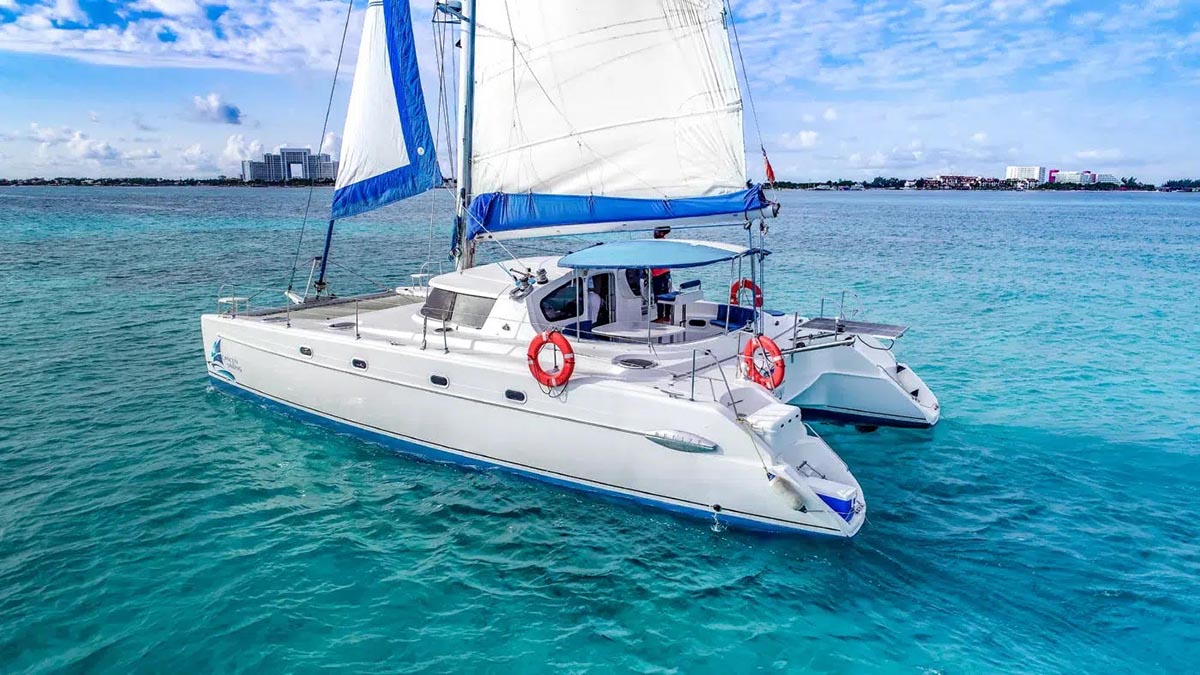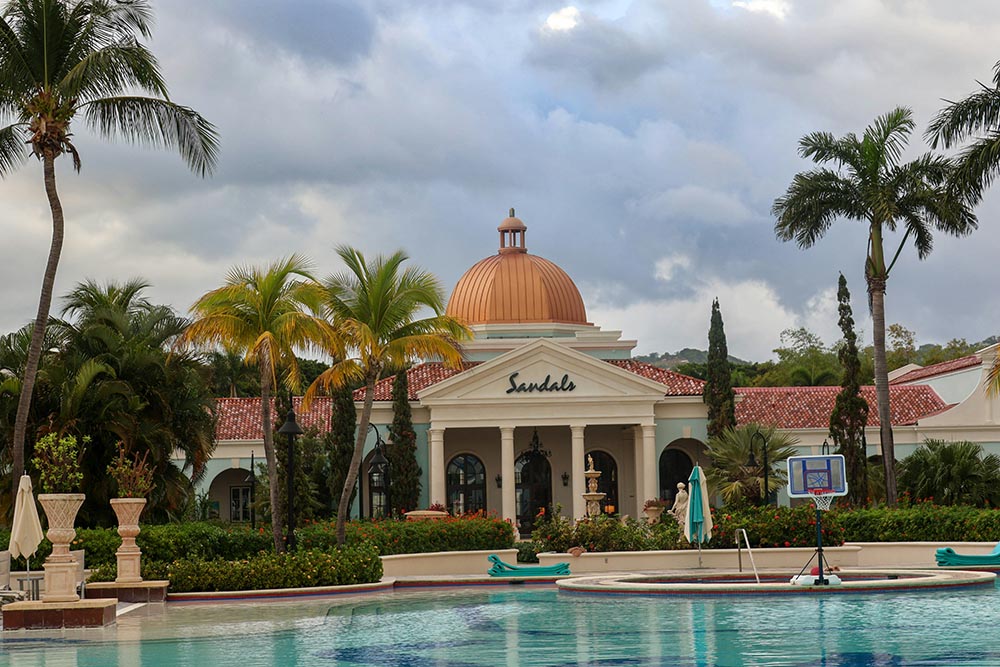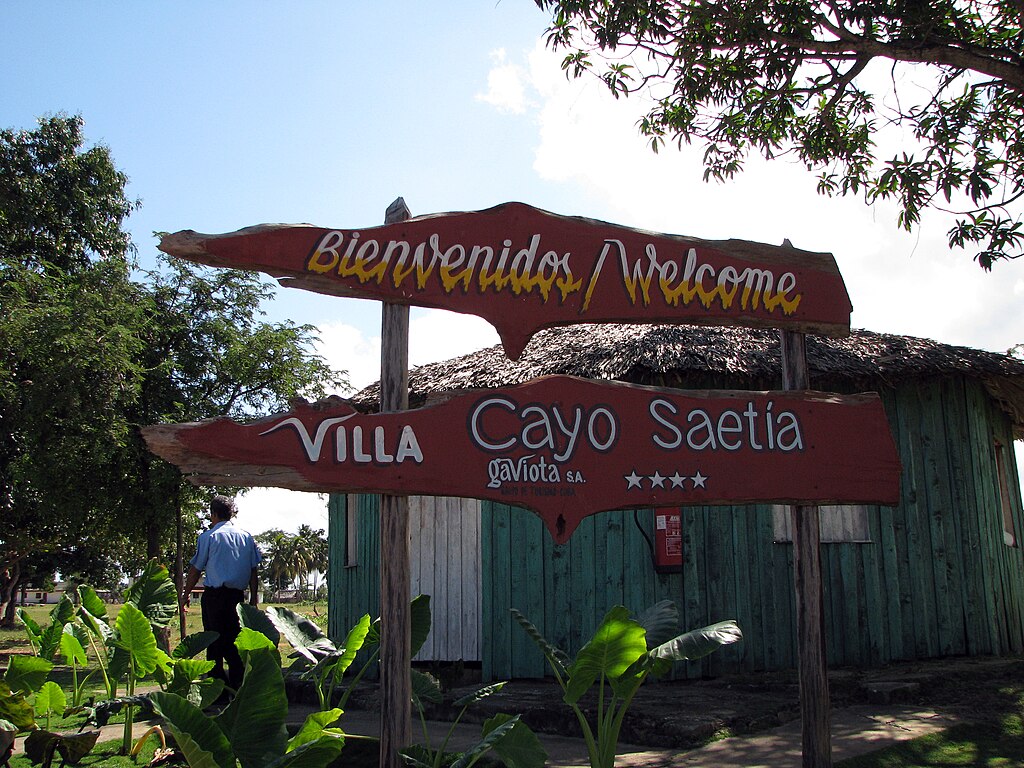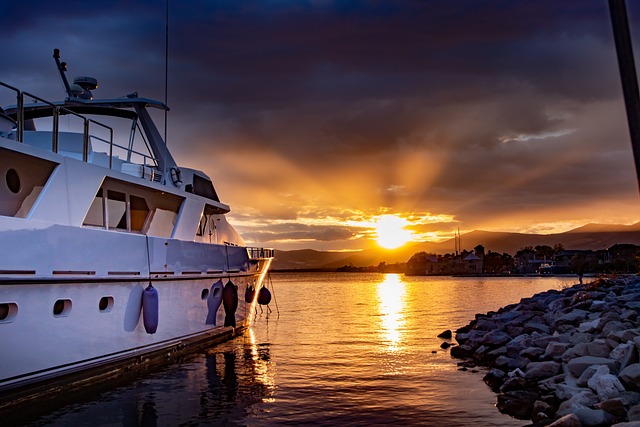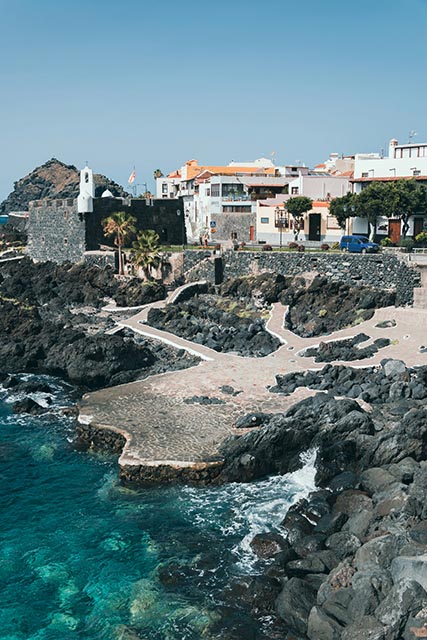There’s something quietly magical about traveling by boat to a destination unreachable by road. The rhythmic lapping of water, the slow reveal of an ancient structure nestled along a cliff or hidden within dense mangroves. It evokes the spirit of early explorers, of time bending back on itself. In a world increasingly mapped and digitized, the chance to approach history on a secluded shoreline offers something rare: intimacy.
Whether aboard a traditional sailboat or a modern luxury catamaran, the sea remains a gateway to the past. For those seeking culture off the beaten path, British Virgin Island sailing charters and similar voyages around the world offer not only a sense of freedom, but access to places where history lives quietly—untouched by tour buses and souvenir shops.
Delos, Greece: an Aegean ghost of antiquity
Just a short sail from Mykonos lies Delos, an uninhabited island layered with myth and marble. Revered in Greek mythology as the birthplace of Apollo and Artemis, Delos once thrived as a religious and commercial hub during the 1st millennium BCE. Today, the island is a protected archaeological site accessible only by boat, its crumbling temples and mosaic-lined villas standing in quiet testament to centuries of human devotion and ambition.
Walking its sacred way, once lined with lion statues, now watched over by seabirds, feels otherworldly. No roads connect Delos to the modern world. Arriving by water is not just the only option, it’s the most appropriate one, echoing the pilgrimages of ancient visitors.
Fort Jefferson, Florida: a brick giant in the sea
Set within the turquoise expanse of the Dry Tortugas National Park, 70 miles west of Key West, Fort Jefferson is one of the largest masonry structures in the Americas. Built in the 19th century but never fully completed, the fort served as a remote military outpost and later, infamously, as a Civil War-era prison.
What makes Fort Jefferson unique isn’t just its scale or history; it’s its isolation. There are no roads, and even small aircraft find landing here challenging. Most visitors arrive via ferry or private boat. For yacht travelers navigating the Gulf Coast or Caribbean, it’s a striking and sobering detour that blends the opulence of life at sea with a brush against a more rugged past.
Norman Island, BVI: pirates and hidden caves
Closer to home for Caribbean sailors, Norman Island in the British Virgin Islands is steeped in legend. Said to have inspired Robert Louis Stevenson’s Treasure Island, this rocky outcrop has long been associated with pirate lore and hidden treasures.
While there’s no fortress or ruin in the traditional sense, the island’s famed sea caves—accessible only by dinghy or kayak—carry the weight of folklore. Stories of buried gold persist, and in the stillness of the echoing caverns, it’s easy to understand why. The site draws historians, divers, and daydreamers alike.
Exploring the BVI by boat, especially through British Virgin Island sailing charters, is not just about stunning anchorages and breezy island bars. It’s a passage through centuries of maritime history. Colonial forts, sunken ships, and trading routes that once shaped empires. Here, the sea is the road, and the past is always just beyond the bow.
Skellig Michael, Ireland: a monastic fortress in the Atlantic
Off the wild southwestern coast of Ireland, Skellig Michael rises like a jagged tooth from the Atlantic. Accessible only by a limited number of licensed boat operators and in fair weather, this UNESCO World Heritage site was once home to a small community of monks who built their stone dwellings into the cliffs between the 6th and 12th centuries.
Reaching the island requires a careful sea crossing, and the steep climb to the beehive-shaped cells is not for the faint of heart. But the reward is profound: a visceral encounter with a way of life devoted to solitude and spiritual endurance. The journey feels almost like a pilgrimage; made all the more powerful for being approached by sea.
A different kind of luxury
While history and isolation often conjure images of hardship, arriving at these remote places by yacht or charter adds a layer of quiet luxury. The modern traveler can sip wine on deck after climbing centuries-old ruins or swim in warm lagoons fringed by cannons and coral. Providers like Voyage Charters offer vessels designed not only for comfort but for range and discovery. Their focus on seamless, environmentally conscious cruising makes it possible to experience destinations like Norman Island with the same curiosity that once drove explorers, but without sacrificing modern comforts.
In the end, these sites remind us that water has always been more than a barrier. It’s been a bridge. A path into the remote, the remarkable, and the rarely seen.

